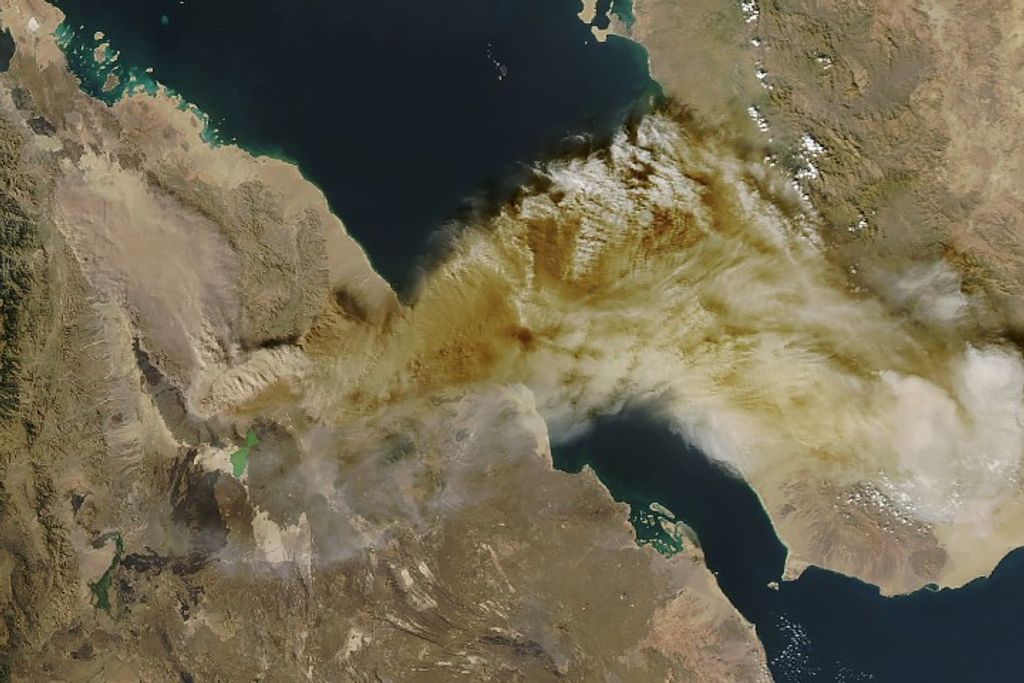1 min read
A Tale of Two Disk Models

This illustration of two different disk models shows overhead views of the structure of the protoplanetary disk that encircled the newborn Sun 4.6 billion years ago. The Sun's family of planets agglomerated from dust and ices within the disk.
The major difference between the two models is the location of the so-called snow line, which divides a warm, dry area of the disk from an icy, turbulent region.
In the standard disk model, shown at left, Earth formed beyond the snow line, in an icy region. Our planet should, therefore, contain lots of water because it formed from ices that would have been a major fraction of its composition. However, it's estimated that less than 1 percent of Earth's mass is locked up in water, which has puzzled scientists.
In the new disk model, shown at right, Earth formed in a warmer, dry region, outside the snow line, which is much farther away from the Sun. This model explains why Earth is comparatively dry. It provides new insights into estimates of the abundance of Earth-like planets in the galaxy.
- Release DateJuly 17, 2012
- Science ReleaseWhy Is Earth So Dry?
- Credit
Share
Details
Claire Andreoli
NASA’s Goddard Space Flight Center
Greenbelt, Maryland
claire.andreoli@nasa.gov































